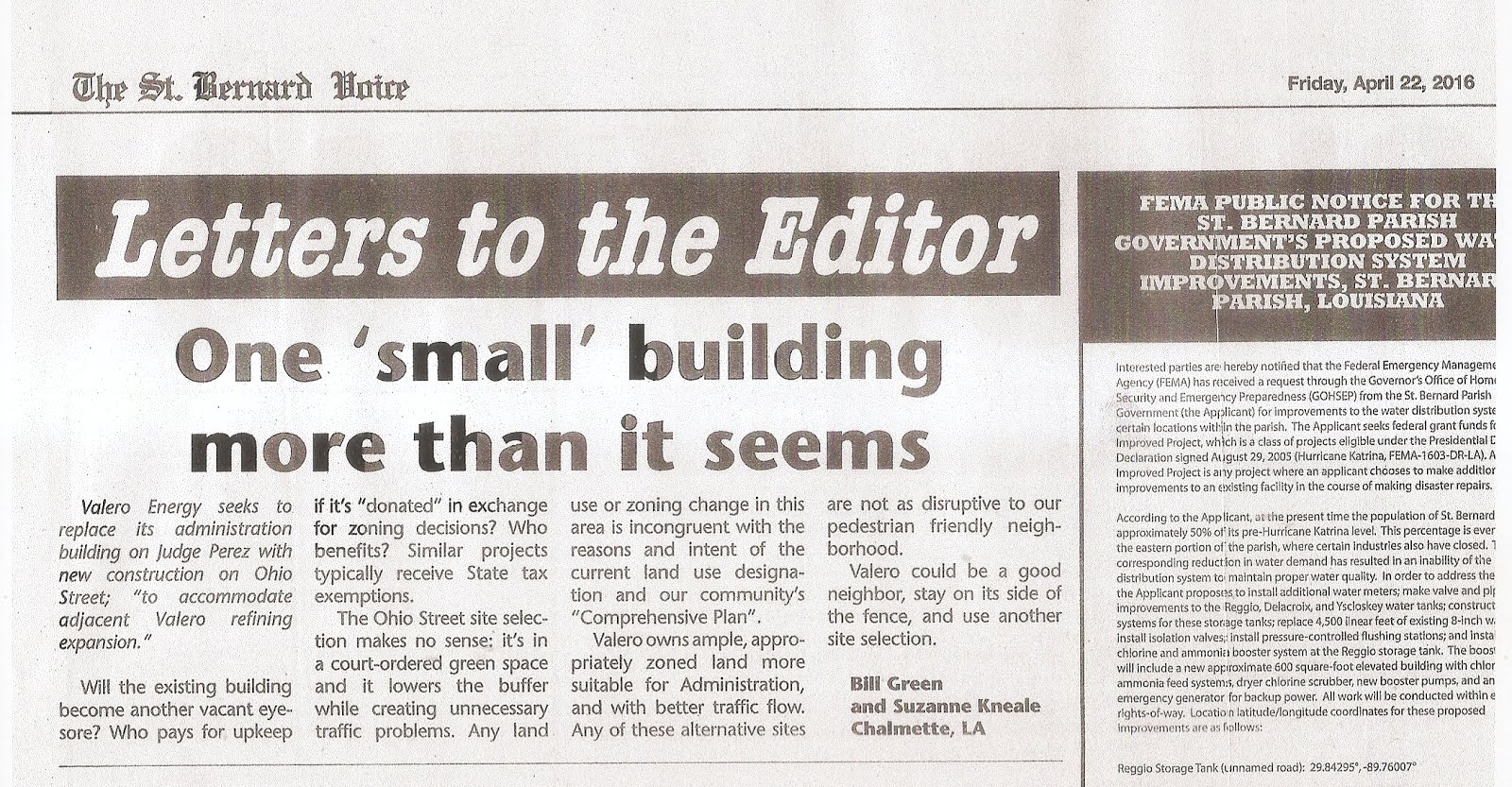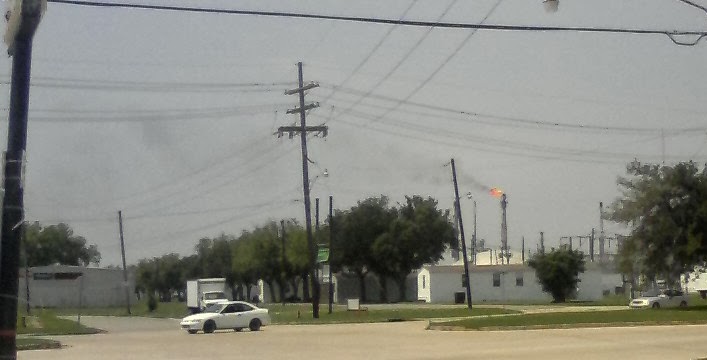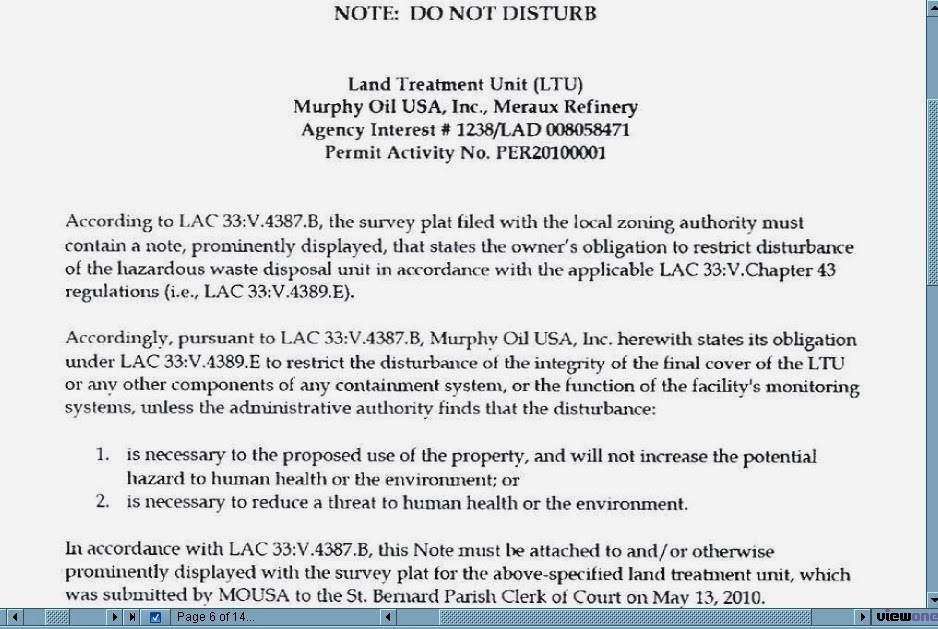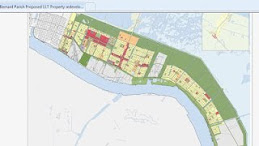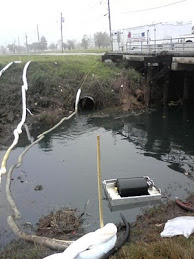Public Comment Opportunity on Council on Environmental Quality [CEQ] Proposed Rule Changes
Under the proposed National Environmental Policy Agency [NEPA] rule, agencies would have to evaluate all environmental impacts of their decisions, considering "direct," "indirect" and "cumulative" effects, meaning that climate change as well as environmental justice concerns must be weighed in those decisions.
"The basic community safeguards we are proposing to restore would help ensure that American infrastructure gets built right the first time, and delivers real benefits — not harms — to people who live nearby," CEQ Chair Brenda Mallory said in a statement.
Kevin Bogardus E&E News Greenwire White House outlines plan to overhaul Trump NEPA rules
CEQ is accepting public comment on its proposed actions. Further, there will be two public meetings held online, the first on Oct. 19 and the second on Oct. 21. The administration also announced that the council is working on a second phase of changes to NEPA regulations. Those will be designed to involve the public more in the environmental review process as well as address climate change and environmental justice concerns.
RSVP for Public Comments:
CEQ is holding two virtual public meetings on the Phase 1 Proposed Rule during which CEQ will provide a brief overview of the proposed rule and listen to feedback from the public. The meetings will be held on October 19 from 1:00-4:00 pm EDT and on October 21 from 5:00-8:00 pm EDT. Registration is required to attend the virtual sessions; during registration participants may indicate if they wish to be added to the list of speakers during the session. For those unable to attend the meetings live, a recording and transcription will be made available online for viewing at www.nepa.gov.
Public Comments are due by November 22, 2021 ALL COMMENTS SHOULD REFERENCE docket number CEQ-2021-0002 and MUST include the agency name, "Council on Environmental Quality".
You may also submit comments by :
Fax: 202-456-6546.
Mail: Council on Environmental Quality, 730 Jackson Place NW, Washington, DC 20503.
Instructions: All submissions received must include the agency name, “Council on Environmental Quality,” and docket number, CEQ-2021-0002, for this rulemaking. All comments received will be posted without change to https://www.regulations.gov, including any personal information provided. Do not submit electronically any information you consider to be private, Confidential Business Information (CBI), or other information, the disclosure of which is restricted by statute.
Docket: For access to the docket to read background documents or comments received, go to https://www.regulations.gov .
Summary of Changes: The Council on Environmental Quality (CEQ) is proposing to modify certain aspects of its regulations for implementing the procedural provisions of the National Environmental Policy Act (NEPA) to generally restore regulatory provisions that were in effect for decades before being modified in 2020. CEQ proposes these changes in order to better align the provisions with CEQ’s extensive experience implementing NEPA, in particular its perspective on how NEPA can best inform agency decision making, as well as longstanding Federal agency experience and practice, NEPA’s statutory text and purpose, including making decisions informed by science, and case law interpreting NEPA’s requirements. The proposed rule would restore provisions addressing the purpose and need of a proposed action, agency NEPA procedures for implementing CEQ’s NEPA regulations, and the definition of “effects.” CEQ invites comments on the proposed revisions.
For more information: https://www.weact.org/




